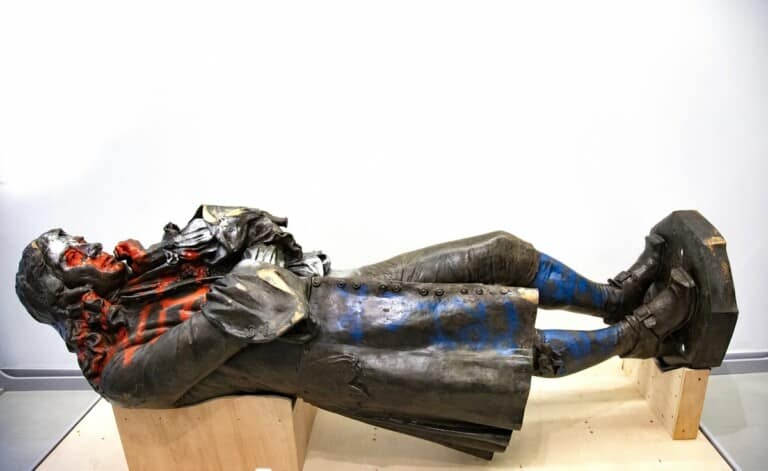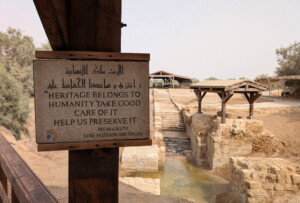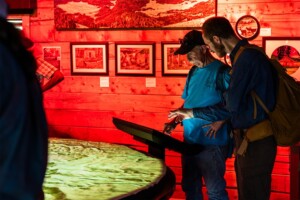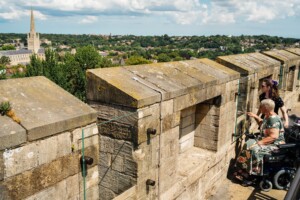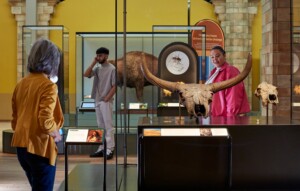Gail Lord, president and co-founder of Lord Cultural Resources, the world’s largest cultural professional practice, has written an opinion piece on the topic of Canada’s fallen statues, published by The Globe and Mail.
Looking at events around the world in recent years, from the 2018 decision by the University of Ghana to remove the statue of Mahatma Gandhi and 2020’s protests in Bristol that led to the tearing down of slave trader Edward Colston’s statue, to Mexico City’s replacement of its Christopher Columbus monument with a figure of an Indigenous woman last year, Lord says that these events should lead countries like Canada to start public conversations about their history.
Canada too has been part of this movement: after revelations regarding the deaths of Indigenous children at residential schools, crowds in Winnipeg toppled statues of Queen Victoria and Queen Elizabeth II.
What to do with fallen statues
“What happens next to these statues of fallen historical figures is a logistical, financial and educational question that cities and communities are struggling with,” says Lord. “In New Orleans, four Confederate monuments have now been in storage for more than a year after they were taken down.
“Similarly, Baltimore keeps four monuments in a secret location while a city task force decides what to do with them. But for Canada, this question of what cities should do with statues they no longer want represents a unique opportunity to lead in the creation of a new type of public institution –one that offers both a practical solution and addresses the complexity of our changing understanding of the past and its impact on the present.”
Simply keeping these statues in storage is expensive, and also means they are out of sight, out of mind. For Lord, this removes the opportunity to have an educational conversation or to use the moment to engage the public. While many say they should be sent to a museum, this is a simplistic response – as Lord says: “The mission of museums is not to be the attic for the nation’s unwanted items.”
Instead, she presents the idea of an “aware-house”, a space that treats history as a living discipline.
“Imagine a towering space, such as an aircraft hangar, filled with monuments and statues from our past. The foundation of the conversation they are driving starts with the framework that history and norms are ever changing, and then looks to explore what it means with perspectives from across sectors, backgrounds and life experiences.”
Creating an aware-house
Lord also points out that the process of designing an aware-house can be part of the healing journey of wronged communities, and a chance to engage with diverse stakeholders.
She concludes: “Just as Canada in 2014 established the CMHR, the world’s first national museum dedicated to human rights, we could now lead the way on a new global chapter: pro-actively addressing the interplay between legacy racism, sexism, colonial exploitation and contemporary institutional and systemic challenges.
“And as the country reflects on Pope Francis’s recent apology tour, it’s the perfect time to launch an aware-house – which, by curating and contextualizing removed relics to create genuine awareness and understanding for the future, could become an anchor component of our national reconciliation efforts.”
Gail Lord is a museum planner and the co-founder of Lord Cultural Resources. She previously worked as a consultant for the establishment of the Canadian Museum for Human Rights, as well as the Smithsonian’s National African American Museum of History and Culture.
Lord Cultural Resources, a woman-owned firm and an organisation that firmly believes in equity, marked International Women’s Day earlier this year by launching a social media campaign to celebrate inspiring women in the cultural sector.
Top image: Bristol’s toppled Edward Colston statue, previously displayed in the city’s M Shed museum
